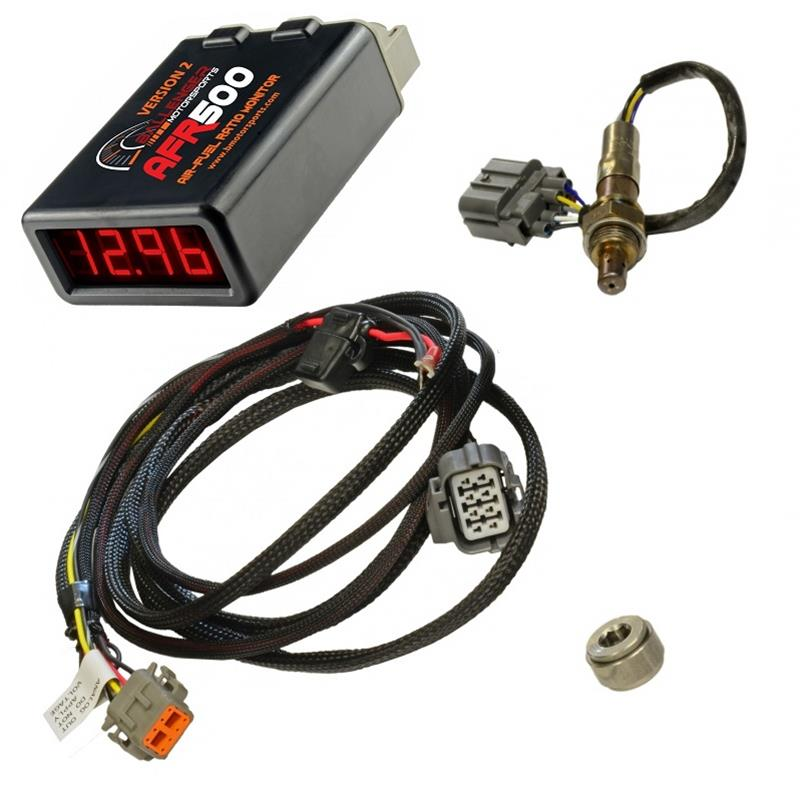Oxygen Sensors vs Wideband Sensors
Oxygen Sensors vs Wideband Sensors: Understanding the Differences and Which One to Use
Narrowband Oxygen Sensors
Wideband Oxygen Sensors
A wideband oxygen sensor, also known as a wide-range oxygen sensor or a lambda sensor, is a type of oxygen sensor that is capable of measuring the precise air-fuel ratio of an internal combustion engine. Wideband sensors provide a continuous, analog output that corresponds to the exact air-fuel ratio. This allows for more precise tuning and monitoring of the engine. A wideband oxygen sensor works by measuring the voltage generated by a chemical reaction between the oxygen in the exhaust gas and a sensing element inside the sensor. The sensing element typically contains a mixture of multiple metal oxides, such as platinum, rhodium, and palladium, which allows the sensor to accurately measure the air-fuel ratio over a wide range of values. Wideband oxygen sensors are more expensive than narrowband sensors and are used for high-performance and racing applications. The sensors have a much wider range of measurement and thus provide better accuracy and resolution.
What this means for a tuner like me?
In conclusion, a wideband oxygen sensor is a necessary tool for an EFI tuner because it provides the precise air-fuel ratio measurements needed for accurate and optimal engine tuning. The wide measurement range of the sensor allows for a greater level of control and precision when adjusting the fuel injection system. The ability to accurately measure the air-fuel ratio is critical for ensuring proper engine performance and minimizing emissions. A wideband sensor allows the tuner to fine-tune the engine by adjusting the fuel injection system until the optimal air-fuel ratio is achieved. This ensures that the engine is operating at maximum efficiency.
In addition, the ability to monitor the air-fuel ratio in real-time allows the tuner to identify and address any issues that may arise during the tuning process, such as a malfunctioning sensor or other problem with the fuel injection system. For high-performance and racing applications where precision and control are critical, a wideband oxygen sensor is an essential tool for a EFI tuner.




Comments
Post a Comment